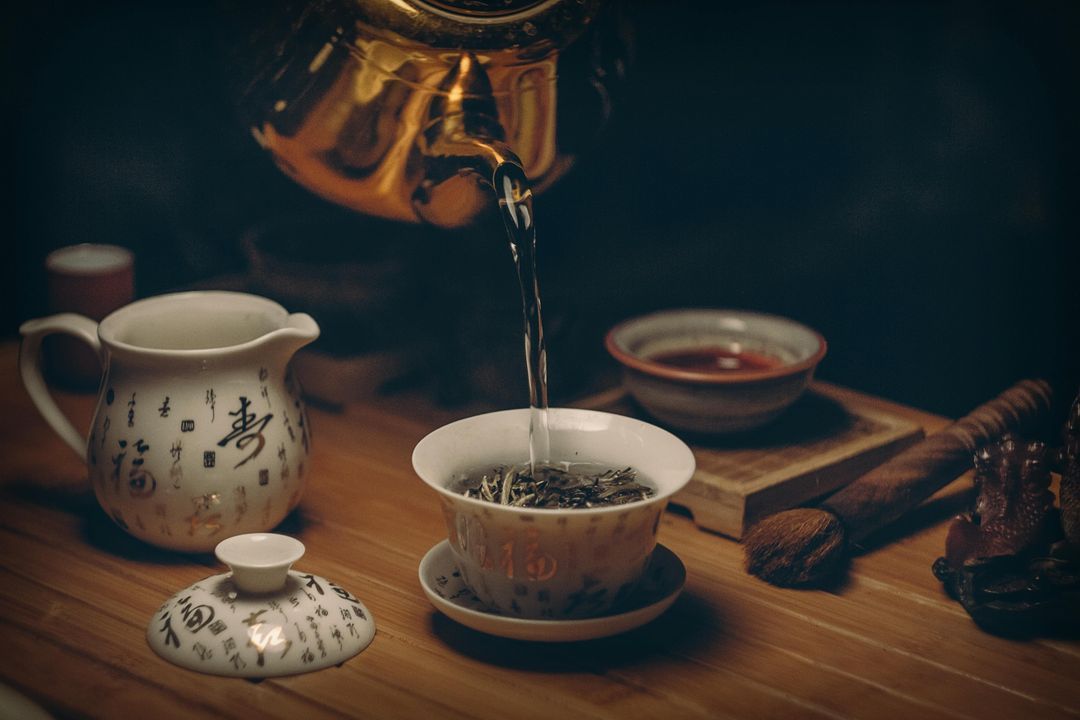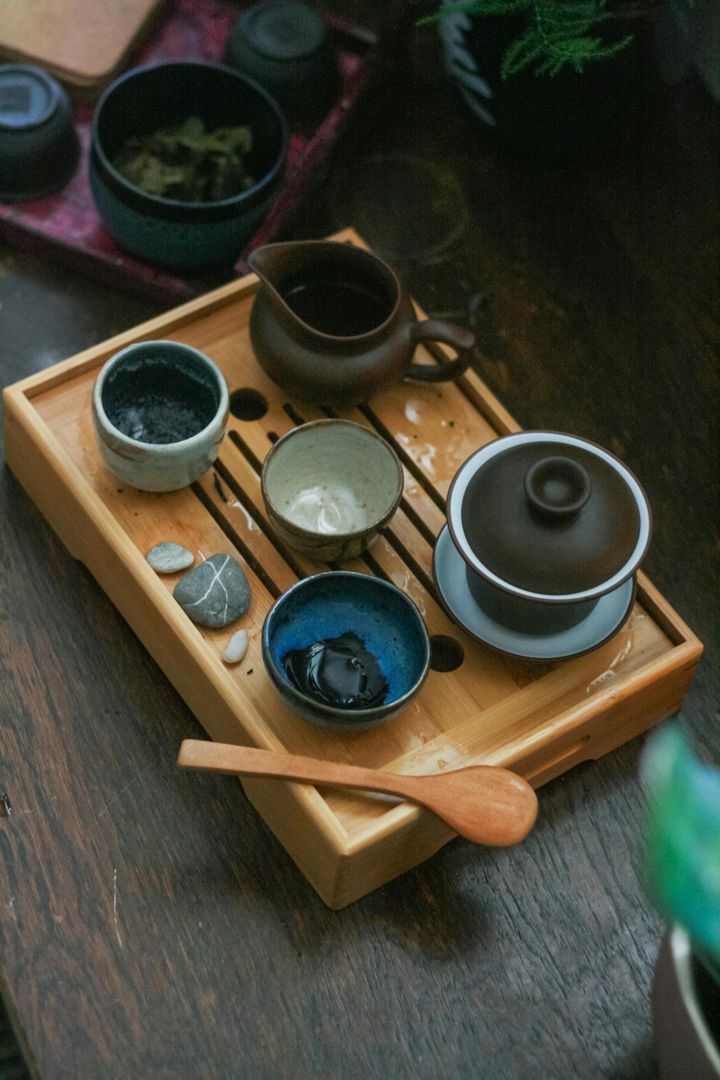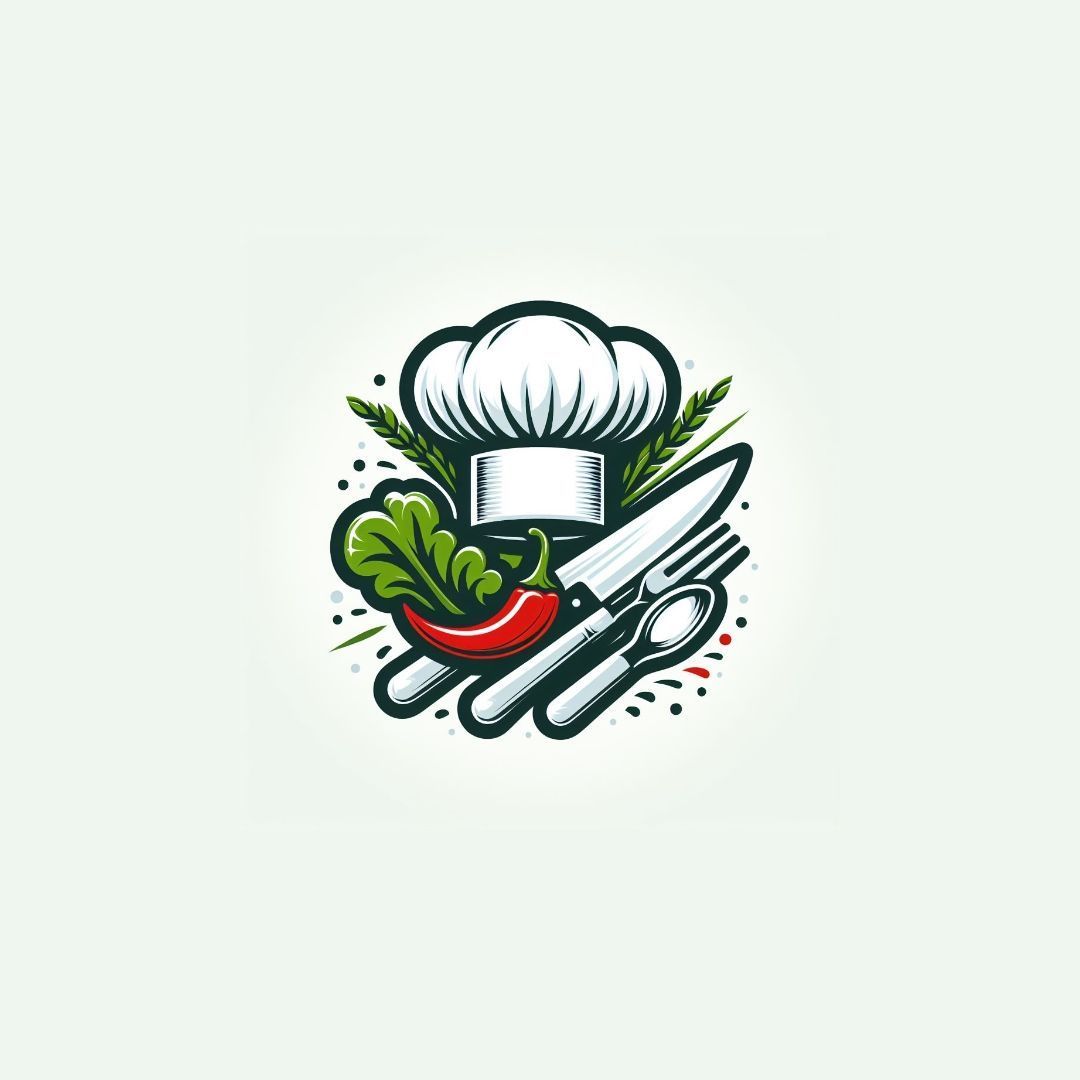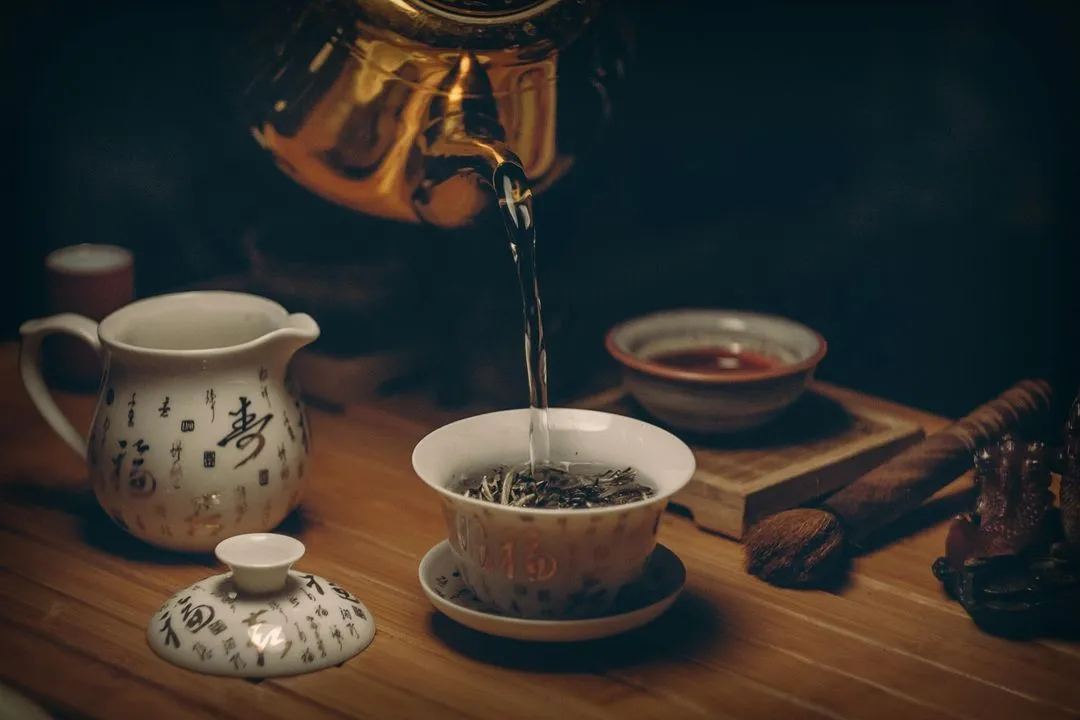The World of Tea: History, Types, and Curiosities of a Millennial Leaf

1 / 2 Tea is much more than a beverage. It is a ritual, a bond between peoples, a symbol of meditation and hospitality. From the rarefied silence of Japanese Zen temples to the bustle of Moroccan bazaars, every cup of tea tells an ancient story, one of travel, exchange, cultures, and transformation.
🌱 The Origins: between legend and archaeology
According to one of the most famous legends, tea was discovered in China in 2737 BC, when the herbalist emperor Shen Nong , while boiling water under a tree, saw some leaves fall into the vessel: the scent intrigued him, and thus the first infusion was born. But beyond the legend, the first written documents mentioning it date back to the Tang Dynasty (7th century AD), the era in which tea became widespread as a ritual and social beverage.
🍃 One plant, a thousand faces

All true teas come from Camellia sinensis , but what makes them unique is the variation in the harvesting, oxidation, drying, and fermentation processes . Here are the main families:
🟢 Green Tea
Non-oxidized, processed immediately after harvest. It retains the natural color of the leaves and a fresh, vegetal flavor.
- Iconic : Sencha (Japan), Longjing (China), Matcha (powdered, used in ceremonies).
- 💡 Rich in catechins, powerful antioxidants. Promotes concentration and metabolism.
⚫ Black Tea
Completely oxidized, it has a strong, full-bodied flavour, often malty or spicy.
- Famous : Assam and Darjeeling (India), Ceylon (Sri Lanka), Keemun (China).
- 🔋 Excellent for starting the day, it has the highest caffeine content.
⚪ White Tea
Minimally processed, produced from freshly harvested young shoots. Elegant, ethereal.
- Examples : Silver Needle , White Peony .
- 👑 Traditionally reserved for the Chinese aristocracy.
🟠 Oolong Tea
Partially oxidized, it displays an aromatic range that ranges from floral to toasted.
- Typical : Tie Guan Yin , Da Hong Pao (China), Milk Oolong (Taiwan).
- 🔁 It lends itself to multiple infusions, with sensory profiles that evolve with each cup.
🌑 Pu-erh tea
Fermented and aged, it has a deep, umami, sometimes “earthy” flavor.
- Varieties : Sheng (raw, naturally aged), Shou (cooked, accelerated maturation).
- ♻️ Considered useful for digestion and purification.
🟡 Yellow Tea
Rare and precious, with a light fermentation that sweetens the taste profile.
- 📍 Produced almost exclusively in some areas of China such as Anhui.
🌍 Tea and Culture: A Journey Without Borders
Each country has interpreted tea in its own way, making it an integral part of its identity:
- Japan : Chanoyu , the matcha tea ceremony, is an art form that embodies the Zen principles of harmony, respect, purity and stillness.
- Morocco : Mint tea, served with great theatricality, is a gesture of welcome and sharing.
- India : Spicy, sweet chai masala is drunk everywhere, from crowded trains to chaotic markets.
- England : five oclock tea , introduced in the 19th century by Anne of Bedford, is still today a symbol of elegance and refined relaxation.
- Turkey : çay , strong and served in small glasses, is the heart of social life in cafes and homes.
💡 Curiosities to sip

☕ The most expensive tea in the world ? Imperial Da Hong Pao , a rare Oolong harvested from centuries-old trees, can exceed €30,000 per kilogram .
🌬 In 1904, during an exposition in St. Louis, iced tea was born by accident: the scorching heat pushed a merchant to add ice to black tea.
🔬 Theine is the same molecule as caffeine , but the presence of L-theanine in tea modulates its effect: concentration without agitation.
📚 The first tea manual was the Tea Canon (茶经, Chájīng) written by Lu Yu in the 8th century, which is still considered a milestone today.
🧪 The Art of Infusion
Water quality, brewing time, and temperature all make a difference. Some guidelines:
Type of TeaTemperatureTime Green 70–80°C 2–3 min Black 90–100°C 3–5 min White 75–85°C 4–5 min Oolong 85–95°C 3–4 min Pu-erh 95–100°C 2–5 min (multiple infusions) ⚠️ Avoid water that is too hard and do not reuse already boiled water: it alters the mineral balance and the final taste.
🍽 Tea and Gastronomy
Tea is increasingly playing a leading role in the kitchen today:
- Matcha in desserts and cocktails,
- Lapsang Souchong for smoking savory dishes,
- Chai for enriching doughs or spiced hot chocolates.
✨ Conclusion: one cup, one world
Tea is an experience. Each leaf tells a story, a place, a philosophy. Its a pause and a dialogue, a connection with nature, an inner journey. Whether its a simple moment of tranquility or a ritual ceremony, every sip can teach us something.
Its not just a matter of taste, but of awareness. Try to slow down, observe the brew, breathe in the aroma, and let the cup speak to you.

gourmet
Data di inserimento 29 apr 2025
Report article


Comments
There are no comments yet.